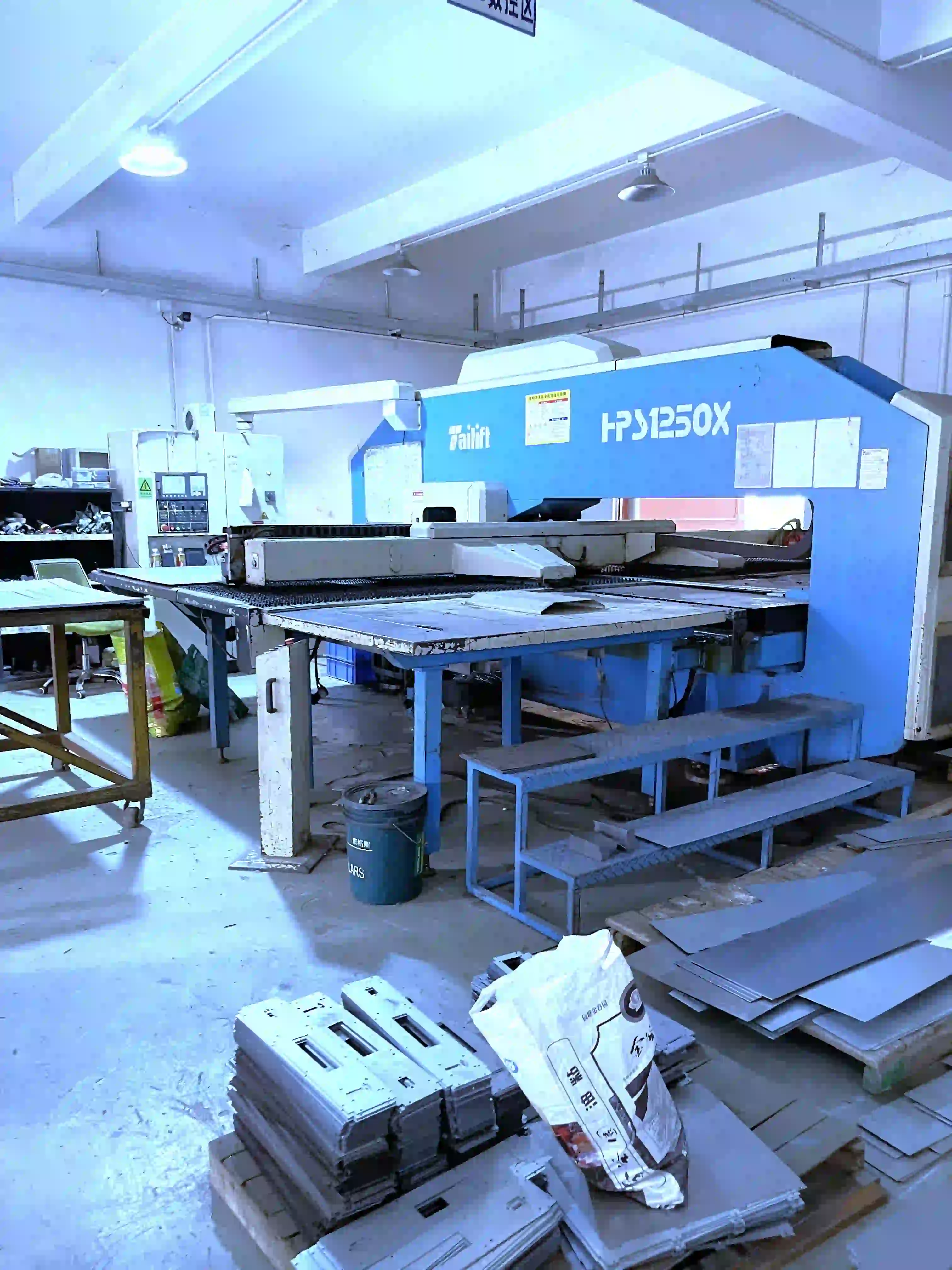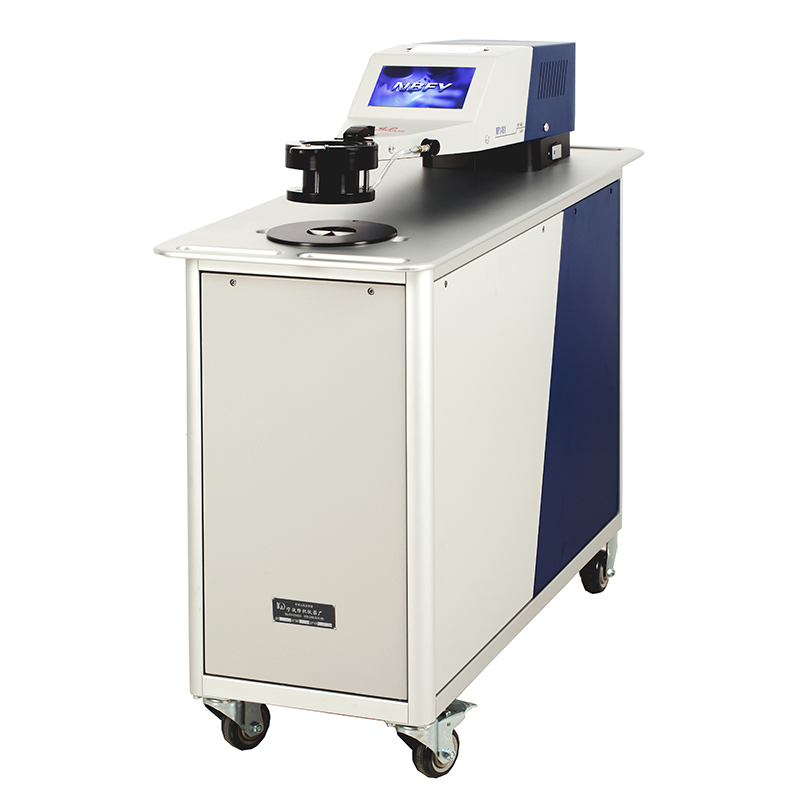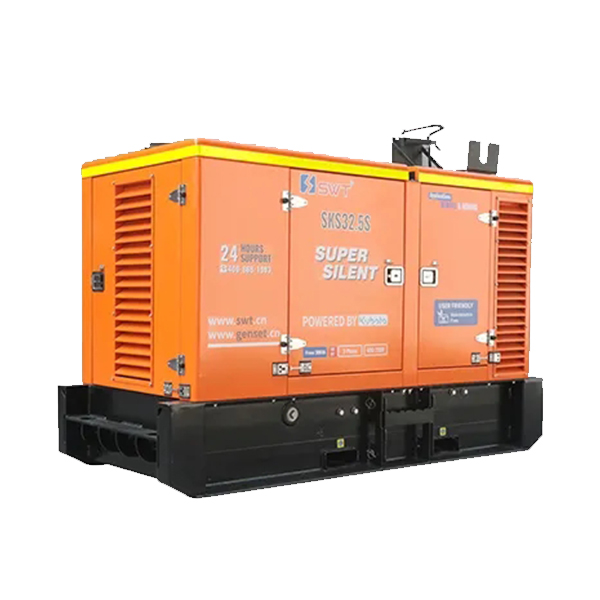When it comes to adhesive solutions, 3M is a name that resonates across various industries, from construction to electronics. Their products are often touted for their strength and reliability, but a common question arises: Is 3M adhesive permanent? This article delves into the intricacies of 3M adhesives, exploring their properties, applications, and the factors that influence their permanence.
Understanding 3M Adhesives
3M offers a diverse range of adhesive products, each designed for specific applications. The most notable categories include:
- Pressure-Sensitive Adhesives (PSAs): These adhesives bond when pressure is applied, without the need for heat or solvents. They are commonly used in tapes and labels.
- Structural Adhesives: These are designed for high-strength applications, often used in automotive and aerospace industries. They typically require curing time and may involve chemical reactions.
- Thermal Adhesives: These adhesives bond when heat is applied, making them suitable for electronics and other applications where heat resistance is crucial.
The Nature of Permanence
To determine whether 3M adhesive is permanent, we must first define what permanent means in the context of adhesives. Generally, a permanent adhesive forms a bond that is intended to last indefinitely under normal conditions. However, several factors can influence the longevity of the bond:
- Surface Preparation: The effectiveness of any adhesive, including 3M products, heavily relies on the surfaces being bonded. Clean, dry, and properly prepared surfaces enhance adhesion.
- Environmental Conditions: Factors such as temperature, humidity, and exposure to chemicals can affect the performance of adhesives. For instance, some 3M adhesives are designed to withstand extreme temperatures, while others may degrade in humid environments.
- Material Compatibility: Different materials react differently to adhesives. For example, 3M's bonding solutions for plastics may not perform as well on metals without the appropriate surface treatment.
Types of 3M Adhesives and Their Permanence
- 3M VHB Tape: Known for its high bond strength, VHB (Very High Bond) tape is often used in construction and automotive applications. While it provides a strong, permanent bond, its effectiveness can be compromised if not applied correctly or if the surfaces are not adequately prepared.
- 3M Super Glue: This cyanoacrylate adhesive is designed for quick bonding of small items. While it creates a strong bond, it may not be suitable for applications requiring flexibility or exposure to moisture, which can lead to bond failure over time.
- 3M Epoxy Adhesives: These structural adhesives offer exceptional strength and durability. Once cured, they form a permanent bond that can withstand harsh conditions, making them ideal for industrial applications.
Testing the Permanence of 3M Adhesives
To assess whether a specific 3M adhesive is permanent, consider conducting a few tests:
- Shear Strength Test: This test measures the adhesive's ability to resist forces that can cause the bonded materials to slide apart. High shear strength indicates a strong, potentially permanent bond.
- Peel Strength Test: This evaluates how well the adhesive holds up against forces that attempt to peel the bonded materials apart. A high peel strength is indicative of a robust adhesive.
- Environmental Resistance Test: Expose the bonded materials to various environmental conditions (e.g., heat, moisture, chemicals) to see how the adhesive performs over time.
Conclusion: Is 3M Adhesive Permanent?
In summary, while many 3M adhesives are designed to create permanent bonds, the actual permanence depends on several factors, including surface preparation, environmental conditions, and material compatibility. Understanding these variables is crucial for selecting the right adhesive for your specific application.






